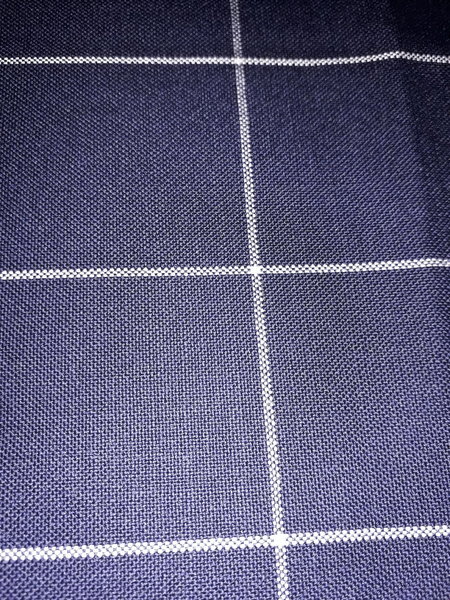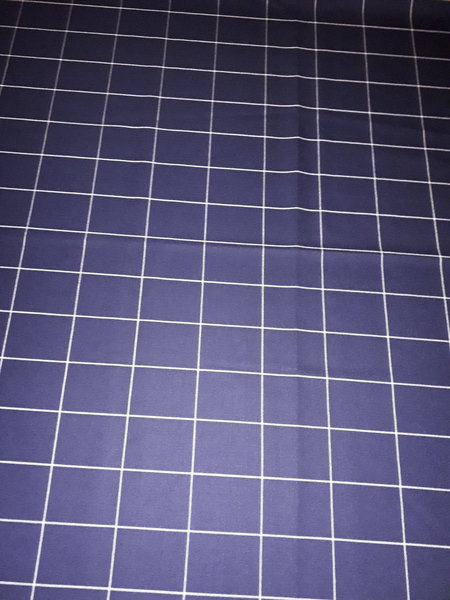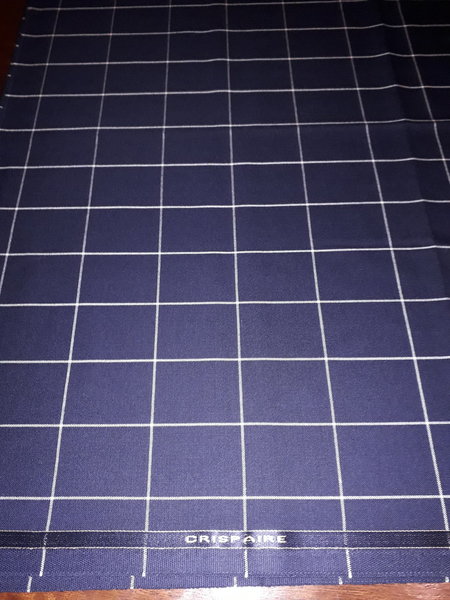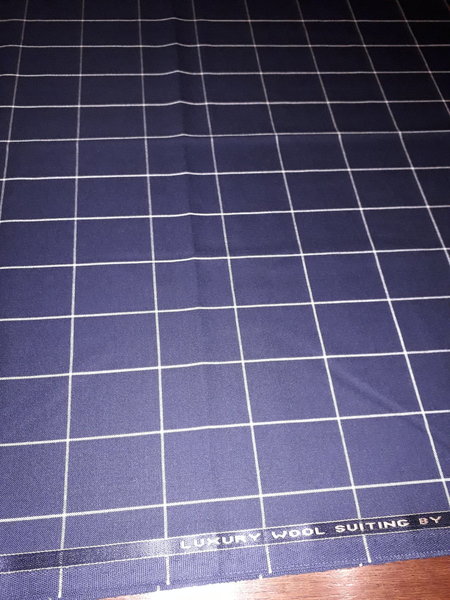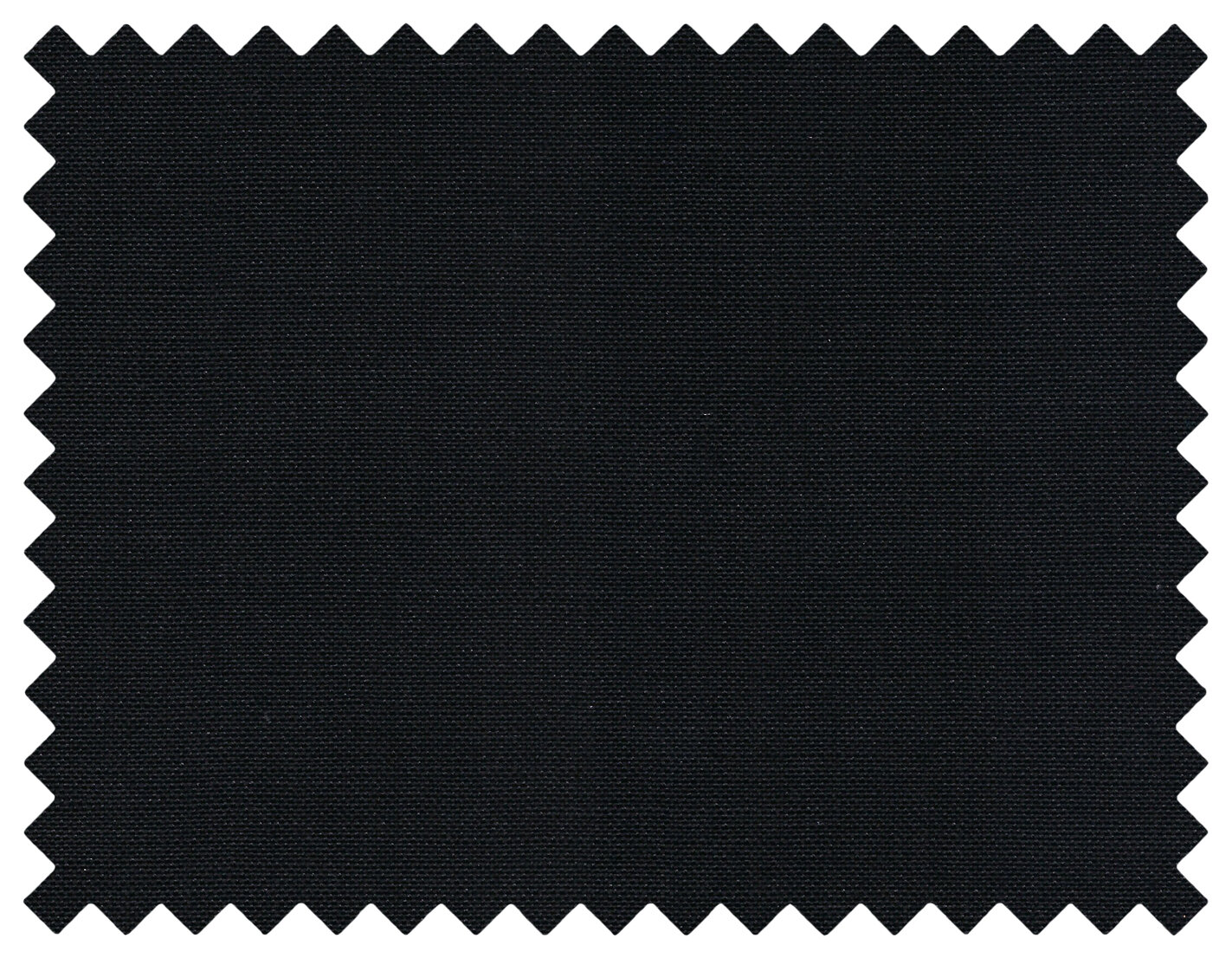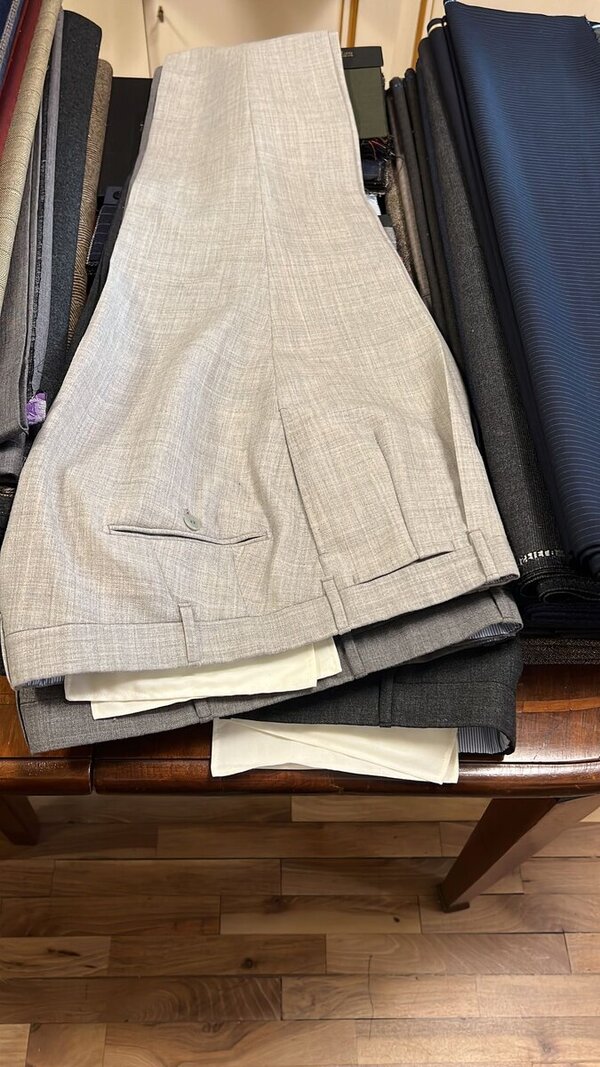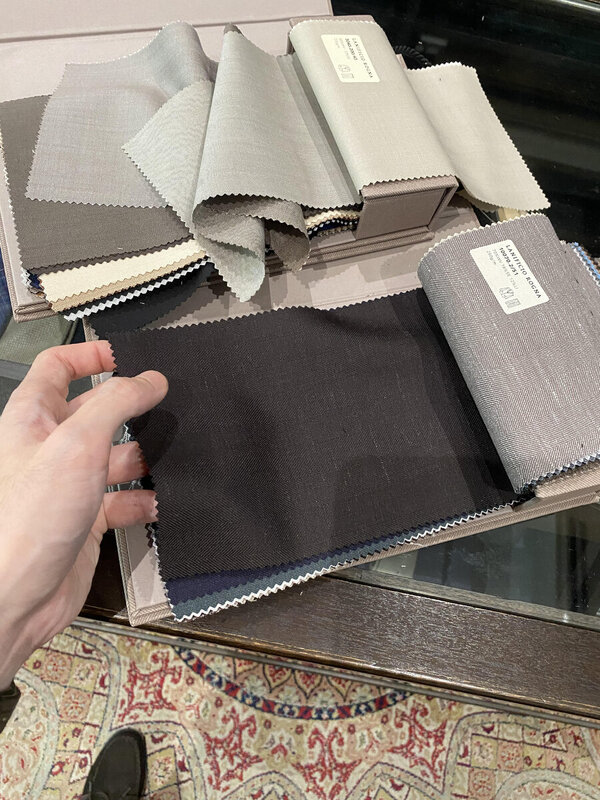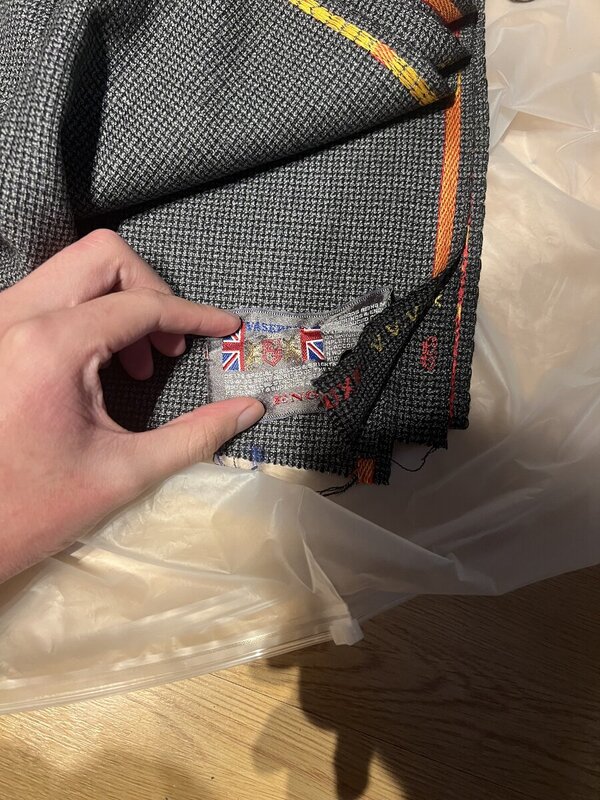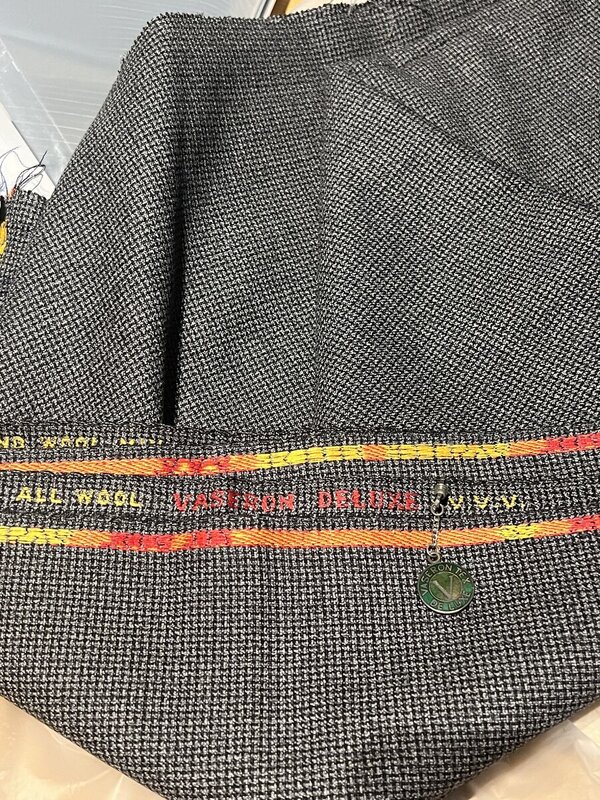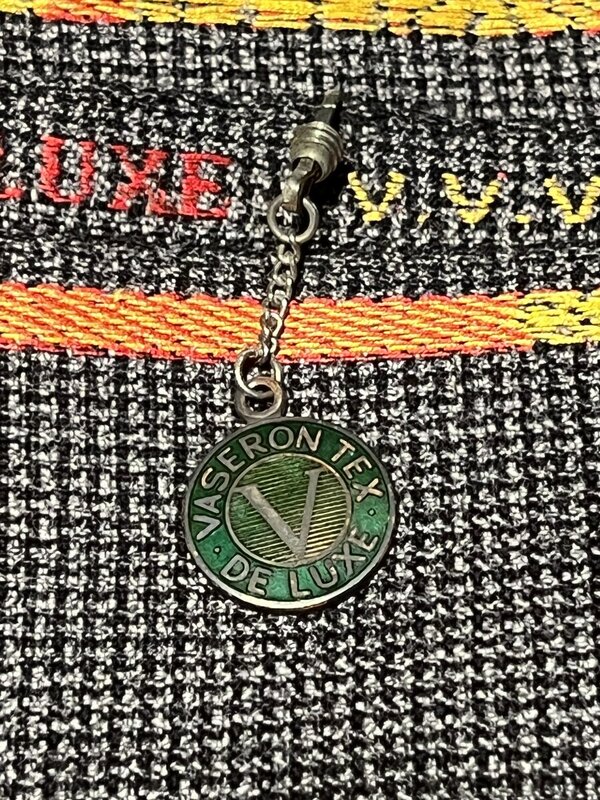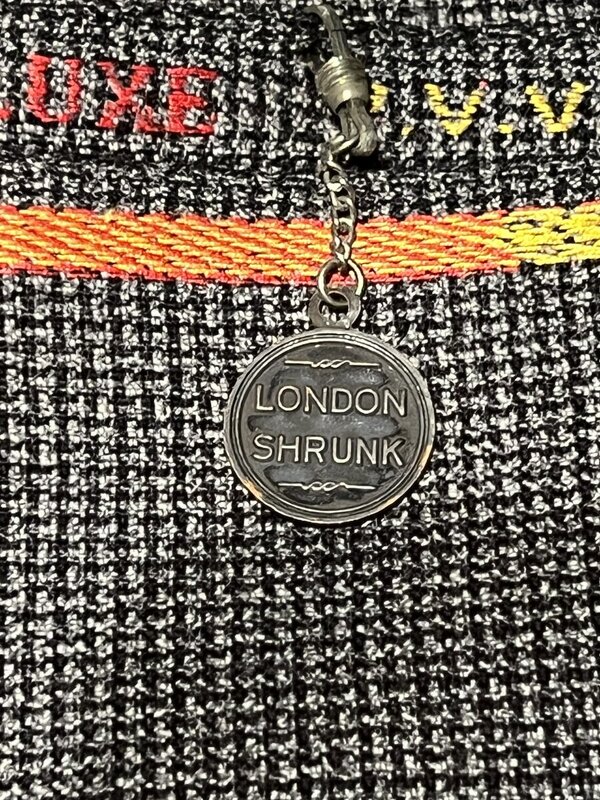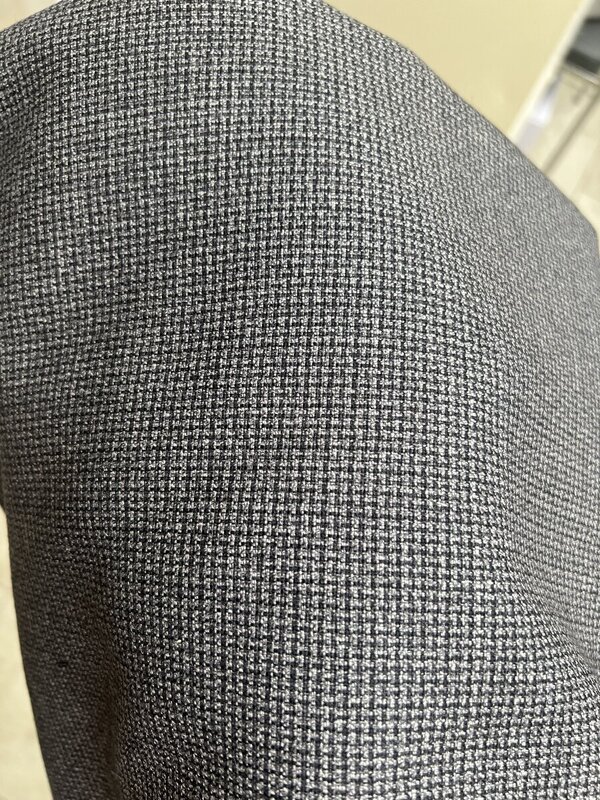- Joined
- Mar 16, 2006
- Messages
- 8,770
- Reaction score
- 5,799
Hoarded cloths that I thought were above average when they are close to being discontinued. Buy all they have in stock. Like;The best way to get the old quality cloths is to go to a vintage store and buy an old suit, then give the vintage suit to your tailor and tell him or her to make a new suit out of this old suit.
Viola. Guaranteed Old World quality.
Holland &Sherry Vendon Hopsack,
H&S Victory flannel, 150’s with cashmere and either vicuña or silver mink. Best flannel ever! (My opinion)
H&S sea island cottons for trousers and jackets.
Scabal doeskin gabardine and their high twist cloth.
Bought these because the of the quality.
After that I buy up all the best jacketing cloth.
Not for the quality but for the color/patterns.
These are a few that come mind.
In hindsight I’m glad I did because there isn't an equal to these in the marketplace at present.
Some clients like a cloth and are disappointed when it’s no longer available. These are the ones I buy so I can continue to offer them.
Last edited:
